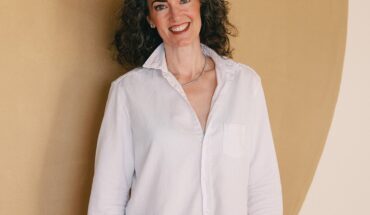
Researchers at the International Space Station National Laboratory (ISS National Lab) and the University of Florida have modeled age-related muscle loss by using tissue chips in microgravity.
According to researchers, the model can be used to test novel treatments and study sarcopenia, an age-related condition that causes loss of muscle mass, strength and function.
Investigators determined that age-related muscle changes are difficult to study because they occur slowly over decades.
In microgravity, muscle decline is accelerated, which allows researchers to examine muscle loss on a faster timescale.
With funding from the National Institutes of Health (NIH), researchers developed a muscle tissue chip system and tested whether microgravity-induced muscle loss in space copies age-related muscle loss on Earth.
They found that the tissue chips contained muscle bundles engineered using skeletal muscle cells extracted from young, active adults and older, sedentary individuals.
In addition, several of the tissue chips had electrodes that delivered electrical stimulation to induce contraction in the muscle bundles.
Results from the investigation revealed that in microgravity some genes linked to human muscle aging on Earth were upregulated (had increased expression) in the tissue chips containing cells from young active adults.
The investigators concluded that the findings corroborate that the space-based muscle tissue chip system provides a precise model of age-related muscle loss and that the system offers a valuable new tool for researchers to enhance their understanding of sarcopenia and test new potential therapeutic options.
“Through insight we gather from microgravity, we can understand not just the end result of [sarcopenia], but really look at the progressive change in young and old cells to see what happens as cells age,” Siobhan Malany, principal investigator and associate professor in the College of Pharmacy at the University of Florida, said in a statement.
Data from the research has been published in Upward, the official magazine of the ISS National Lab.
THE LARGER TREND
Today, it was announced that Biotech startup MicroQuin leveraged the International Space Station National Laboratory to grow 3D cultures of breast and prostate cancer cells in order to identify mechanisms behind the transformation of healthy cells into cancerous ones.
Cancer cells on earth grow in a single layer because of gravity. But on the International Space Station, where gravity is greatly reduced, cells grow into 3D structures that more precisely reflect how tumors grow and act in the human body.
According to Scott Robinson, MicroQuin founder and chief executive officer, results of the study led to a “massive paradigm shift” in the way scientists think about treatments for all types of cancer.
In August, results of an experiment on the ISS revealed that, in space, the absence of gravity leads to an unexpected occurrence: the formation of unusually large bubbles that more efficiently concentrate substances like cancer biomarkers for detection.





